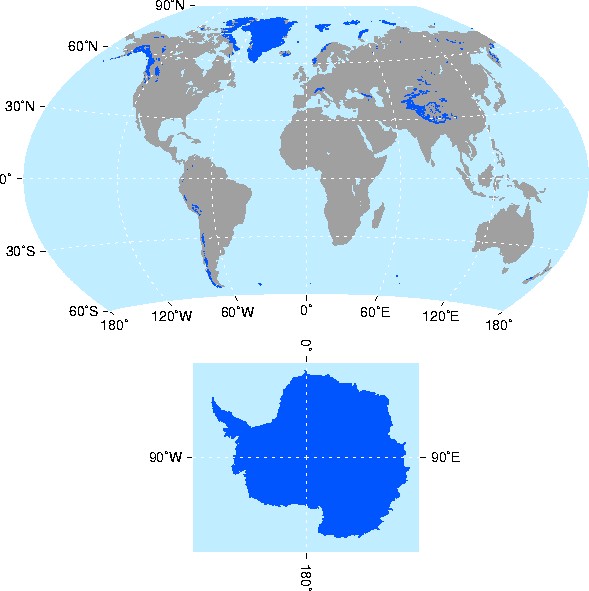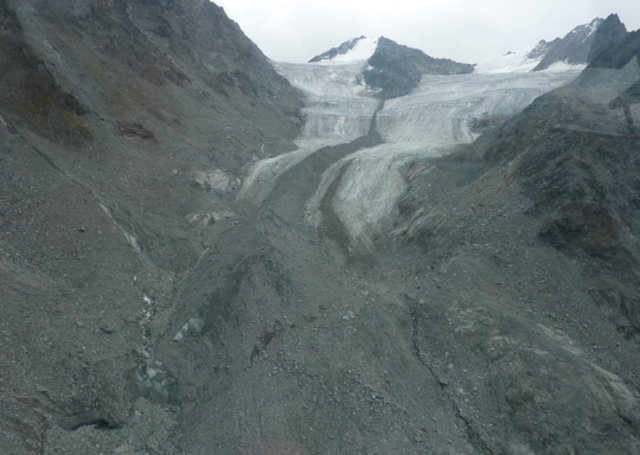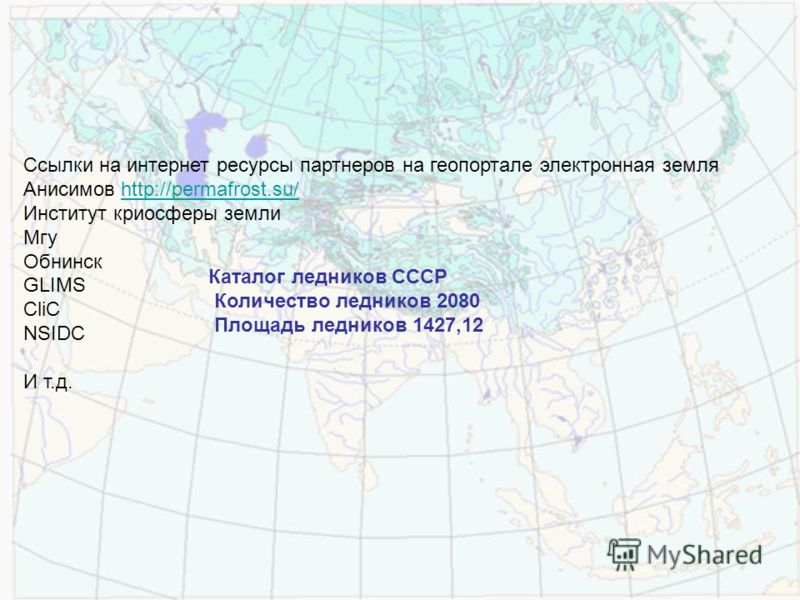

In part, the applied methods result in parameters that differ from those obtained previously and thus cannot be compared directly ( Reference Maisch, Wipf, Denneler, Battaglia and BenzManley, 2008).
Glims and nsidc manual#
The most important changes in this document, compared to the former UNESCO manual for the production of the World Glacier Inventory (WGI), are due to the availability of modern data-processing techniques, such as Geographic Information Systems (GIS). This has motivated the decision to compile a new set of recommendations. punch cards are no longer in use), the source material is now digital and the main focus is now on climate-change impacts. Certain parts of the original recommendations (UNESCO/IASH, 1970 Reference ManleyMüller and others, 1977) no longer apply, as techniques have changed (e.g. The two continental ice sheets of Antarctica and Greenland, as well as their outlet glaciers and ice shelves, are not considered here. valley, mountain, cirque) as well as to ice caps and icefields. In this context, the term ‘glacier’ refers to all types of glaciers (e.g. the primary classification of glacier type), those data should be included. Where more detailed information is available (e.g.

The importance of such compilations is growing in response to the need for regional to global assessments of climate-change impacts, today involving new approaches and advanced technologies.

The initial focus is on the basic glacier parameters to be compiled. A small group of experts involved in former and current glacier-inventory efforts was nominated to draft the recommendations. Ohmura at the Workshop on World Glacier Inventory that took place in Lanzhou, China, in September 2008. The guidelines outlined here are designed to help in the efficient compilation of glacier inventory data from digital sources (vector outlines, digital terrain models (DTMs)) according to the standards set in the former UNESCO manual (UNESCO/IASH, 1970). The online background material for this paper (see ) contains example scripts for calculation of each parameter and will be updated when required. The document follows the former UNESCO manual for the production of the World Glacier Inventory published in 1970, identifies the potential pitfalls, and describes the differences from the former methods of compilation. The recommendations were prepared by a working group and also contribute to the European Space Agency project GlobGlacier. The major aim of this contribution is to help in standardizing the related calculations to enhance the integrity of the Global Land Ice Monitoring from Space (GLIMS) database. Compared to the former manual methods, the new grid-based statistical calculations are very fast and reproducible. minimum, maximum and mean elevation mean slope and aspect) for each glacier from digital intersection of both datasets. Once glacier entities are defined and an appropriate DTM is available, several methods exist to derive the inventory data (e.g.

Modern geoinformatic techniques allow the automated creation of detailed glacier inventory data from glacier outlines and digital terrain models (DTMs).


 0 kommentar(er)
0 kommentar(er)
